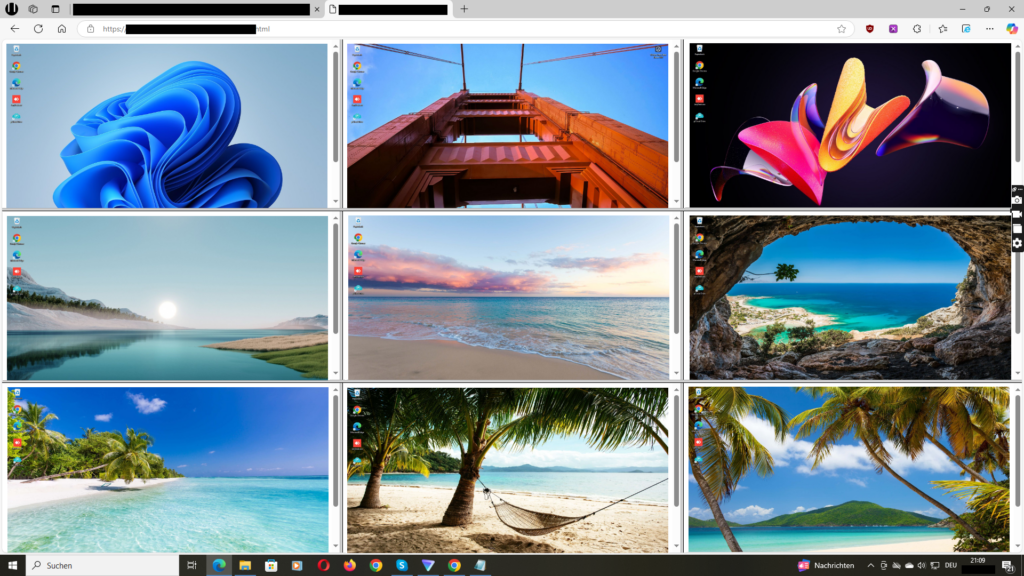Mexico Legal Mini‑FAQ — Employee Monitoring, Consent, Notice and Proportionality
Wolfeye Editorial Team • Last updated: 22 September 2025

In Mexico, private‑sector monitoring of employees must be transparent, proportionate to its purpose, and aligned with data‑protection rules. For telework, the Federal Labor Law requires that monitoring technologies be proportionate and respect privacy. Publish a clear privacy notice, limit collection to work purposes on company devices, set short retention, and honour ARCO rights.
Country snapshot
Topic | At a glance |
Primary privacy law (private sector) | Federal Law on Protection of Personal Data Held by Private Parties (LFPDPPP). See official text and 2025 update notes. |
Authority | INAI (National Institute for Transparency, Access to Information and Personal Data Protection). |
Labor framework for telework | Federal Labor Law, Articles 330‑A to 330‑K. Article 330‑I requires monitoring to be proportionate and to respect privacy. |
Health and safety in telework | NOM‑037‑STPS‑2023 standard on telework safety and health conditions. |
Key links: LFPDPPP (2010 official text) • 2025 LFPDPPP update overview • FLL Article 330‑I (English) • NOM‑037 summary
Mini‑FAQ for Mexico
Do we need employee consent to monitor company devices
Not necessarily for ordinary employee personal data when processing is necessary for the employment relationship and disclosed in the privacy notice. Express consent is generally required for sensitive data. Avoid monitoring private communications or personal accounts.
Is advance notice required
Yes. Provide a clear privacy notice describing what you collect, why, legal basis, who can access it, retention, transfers, and ARCO rights. Give workers an on‑boarding notice and keep it accessible.
What does proportionality mean in practice
Use the least intrusive tool that achieves the stated purpose. For telework, Article 330‑I of the Federal Labor Law requires that any technology used to monitor teleworkers be proportionate to its purpose and respect privacy. Limit scope to work apps and hours, prefer sampling over constant recording, and restrict access.
Can we record screens or take periodic screenshots
Yes when justified, disclosed, and limited to company devices for work purposes. Set short default retention, for example 14 to 30 days, and restrict access to admins. Avoid capturing personal content and turn off recording when outside work hours.
What are ARCO rights and how do we handle them
ARCO stands for Access, Rectification, Cancellation and Opposition. Provide a channel to receive requests, verify identity, respond within the legal timeframe, and document outcomes. Update or delete data when applicable and inform requesters of results.
Can we transfer monitoring data outside Mexico
Cross‑border transfers are allowed but require informing data subjects in the privacy notice and using appropriate contractual safeguards with recipients. Keep an inventory of processors and ensure they provide comparable protections.
How long can we retain monitoring data
Keep it only as long as necessary for the stated purpose, then delete or anonymize. Adopt a written retention schedule and audit adherence. Longer retention may be justified for an active investigation or legal obligation.
Does NOM‑037 impose specific privacy duties
NOM‑037 focuses on occupational safety and health in telework and requires a written telework policy. Align that policy with your privacy notice by describing monitoring scope, tools, and support channels.
Can we monitor personal or BYOD devices
Prefer company devices. If BYOD is permitted, use containerized work profiles and limit collection to corporate apps and data. Obtain explicit acknowledgment of scope in policy, and provide a way to disable monitoring when off duty.
What should our privacy notice include
Identity of the controller, purposes, legal basis, data categories, transfers, retention, ARCO process, and how to revoke consent when applicable. Link this page in your employee handbook and telework policy.
Implementation checklist
- Publish an employee privacy notice and a telework policy that references monitoring tools and purposes.
- Limit monitoring to company devices and work apps. Disable outside work hours.
- Use the minimum effective method and prefer sampling for QA or audits.
- Set short retention and log admin access. Document cross‑border processors.
- Train managers on lawful and respectful monitoring. Provide an ARCO request channel.
Try it with safeguards
Wolfeye: This short video shows a quick demo
Sources and citations
- LFPDPPP official text (2010) – Chamber of Deputies DOC – https://www.diputados.gob.mx/LeyesBiblio/doc/LFPDPPP.doc
- Overview of 2025 LFPDPPP update – https://www.hoganlovells.com/en/publications/mexicos-new-federal-data-protection-law-what-it-means-for-companies
- Data protection in Mexico – DLA Piper guide – https://www.dlapiperdataprotection.com/index.html?c=MX&t=about
- Employee monitoring overview – DataGuidance Mexico – https://www.dataguidance.com/notes/mexico-employee-monitoring
- Federal Labor Law Article 330-I (English) – https://start-ops.com.mx/mexican-laws/labor-law-in-english/
- NOM-037 telework standard – Ogletree Deakins summary – https://ogletree.com/insights-resources/blog-posts/mexican-government-issues-final-health-and-safety-standard-for-remote-employees/